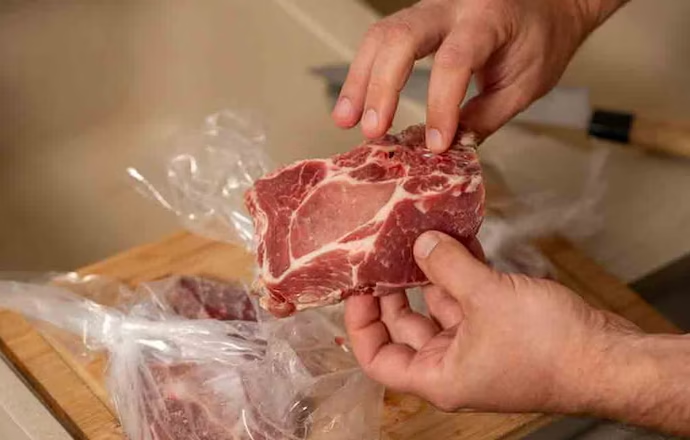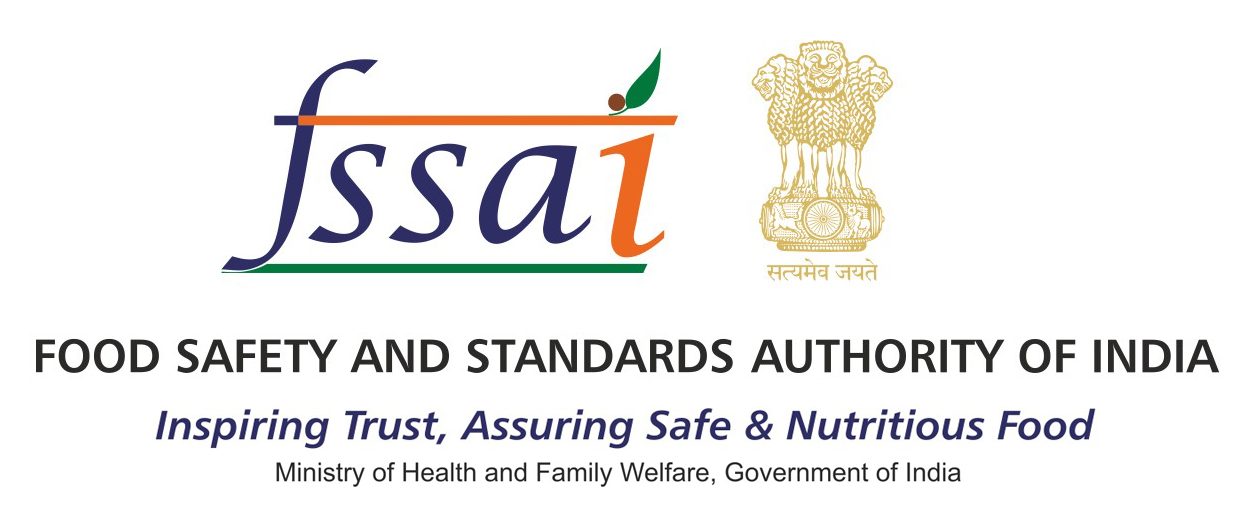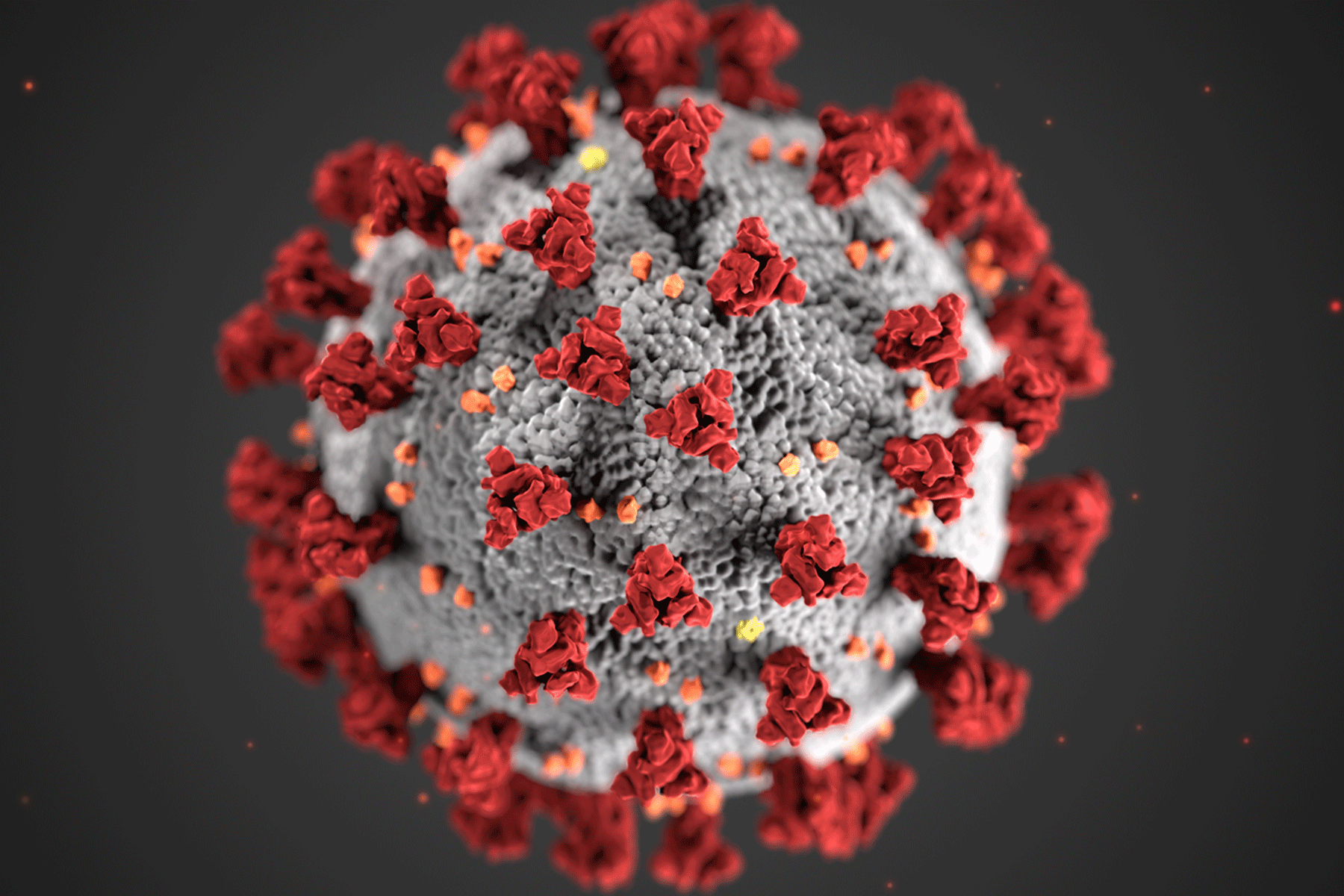Even if meat is stored in the freezer, it’s important to ensure it’s still safe before cooking. Spoiled meat can pose serious health risks, so it’s crucial to check for signs of spoilage and handle thawing properly. Here’s how you can tell if meat is still good to use — and the safest way to thaw it.
Signs That Meat Has Gone Bad
Signs that meat has gone bad include a sour smell, slimy texture, discolouration, and any unusual spots or patches on the surface:
Unpleasant Smell
Before cooking, always check the smell. Spoiled meat typically has a strong, sour, or rotten odour that’s noticeably off. If it smells unpleasant or unnatural, it’s best to discard it.
Discolouration
It’s normal for meat to change colour slightly when exposed to air. However, if you notice a greyish tone, dull appearance, or uneven patches or spots, it could indicate bacterial growth or spoilage.
Slimy or Sticky Texture
Touch the surface of the meat gently with clean fingers. Fresh meat should feel firm and slightly moist. If it feels sticky, tacky, or slimy, bacteria have likely started to grow, and it should not be consumed.
Check the Expiry Date
For packaged meat, always check the expiry or “use by” date before thawing or cooking. Even frozen meat has a safe consumption window, especially if it has been frozen close to or after its expiration date. When in doubt, throw it out. If you’re unsure about the freshness of the meat, it’s safer not to use it.
Is It Safe to Refreeze Thawed Meat?
According to the U.S. Department of Agriculture (USDA), it is safe to refreeze raw meat that was thawed properly, for example, in the refrigerator. However, refreezing may reduce the meat’s texture and quality. Only refreeze meat if it was thawed under controlled, safe conditions and hasn’t been left at room temperature for extended periods.
How to Thaw Meat Safely
Proper thawing helps prevent the growth of harmful bacteria. The most recommended method is:
Thawing in the Refrigerator
This is the safest way to thaw meat. Remove the frozen meat from the freezer and place it in a container to catch any drips, then set it on the bottom shelf of the refrigerator.
- Thawing time varies based on the size and thickness of the meat — it may take several hours to up to 24 hours.
- Keeping the meat at a temperature below 4.4°C (40°F) ensures it stays out of the danger zone where bacteria multiply rapidly.
Final Reminder
Safe food handling starts with awareness. Always check for spoilage signs, follow proper thawing methods, and avoid consuming anything you’re unsure about. These small steps can go a long way in protecting your health and ensuring food safety at home.
Source: Mathrubhumi
 Food Manifest
Food Manifest 
















